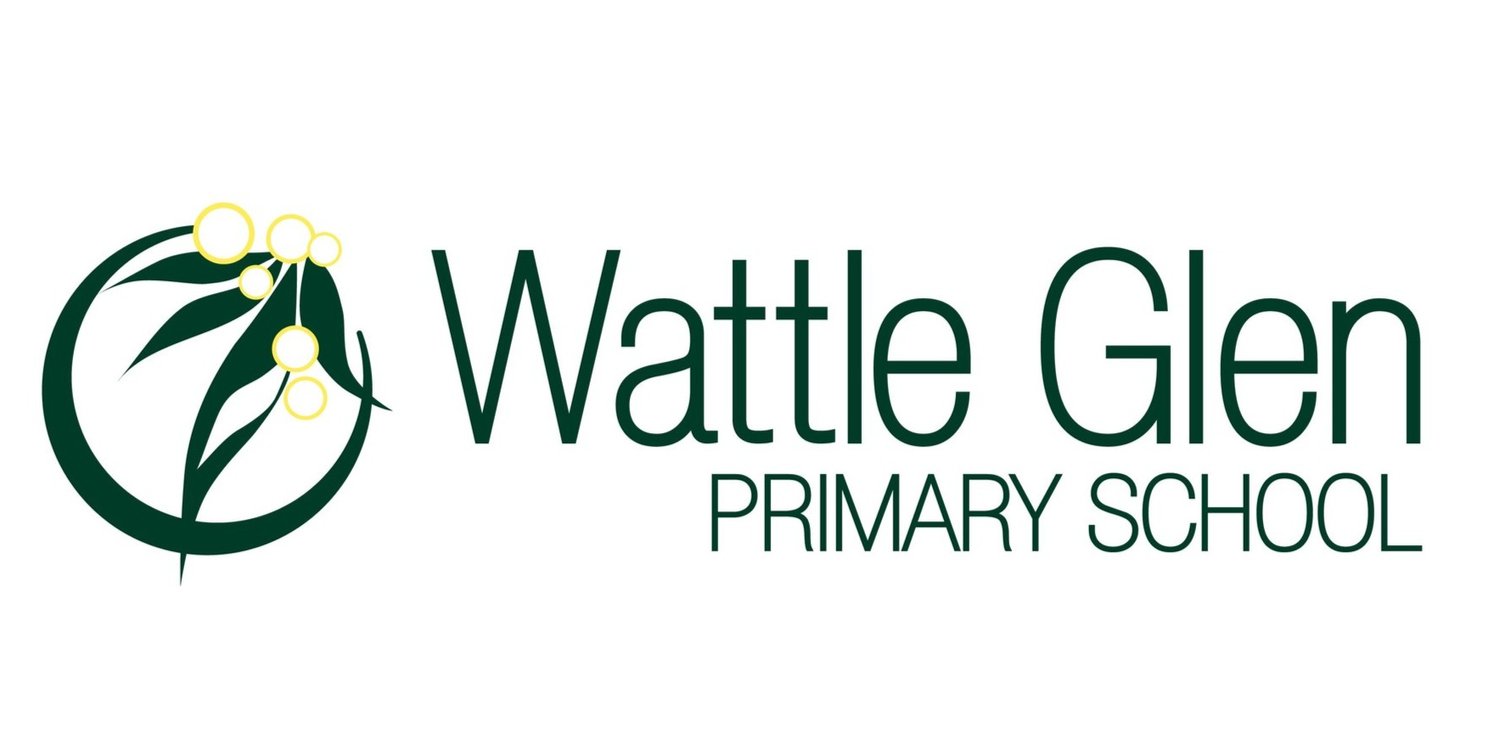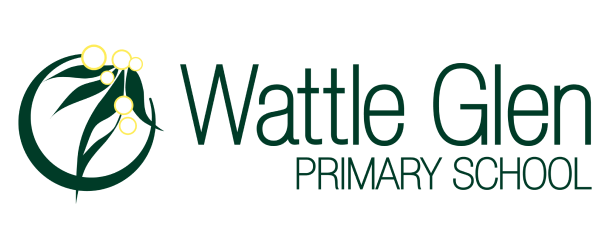Literacy
The Science of Reading
Learning to read is like “cracking a code”. The first step is learning to speak. When children come to school, they usually have a good grasp of speaking. Then we teach them all about phonemic awareness. Phonemic awareness doesn’t involve any writing, and we remember it by saying “you can do it with your eyes closed”. It is learning about the phonemes (sound/s) of graphemes (letters and their combinations). We sing nursery rhymes and talk about rhyming words and word families. We learn about syllables and segmenting words by their phoneme (sound) for example c-a-t. We spend 10-15 minutes each day manipulating phonemes (sounds). Having a strong understanding of phonemic awareness helps children to decode words when they learn to read. Phonemic awareness helps children to know which grapheme (letter/s) to use as they encode (write words). Students begin learning the phoneme (sounds) of single letters and progress to more complex letter digraphs such as sh, ch, th. We follow a structured synthetic (synthesising or blending together) phonics approach. Essentially, the students are learning to link the phonemes (sounds) to graphemes (letters) and blend them together to make a word.
We follow “The Big Six” when learning to read
Oral Language
Phonemic Awareness
Alphabetic Principle
Fluency
Vocabulary
Comprehension
Nightly reading is an important strategy for supporting students learning to read. All students begin with decodable take home books that support the grapheme/phonemes they have already learned in the classroom. This ensures student’s will not encounter cognitive overload (too many things to remember or think about at once). It also means they don’t need to guess any words. As each student’s reading becomes more fluent we focus on comprehension to understand the text they are reading..
Writing
Our Writing approach follows the Hochman Method, outlined in "The Writing Revolution" by Judith C. Hochman and Natalie Wexler. The Hochman method has Six Principles;
Students need explicit instruction in writing, beginning in prep.
Sentences are the building blocks of all writing.
When embedded in the content of the curriculum, writing instruction is a powerful teaching tool.
The content of the curriculum drives the rigour of the writing activities.
Grammar is best taught in the context of student writing.
The two most important phases of the writing process are planning and revising.
When students have a firm understanding of how to write a solid sentence, we move on to paragraphs. When students can write a solid paragraph we move on to multiple paragraphs. We then look at different genre types.



